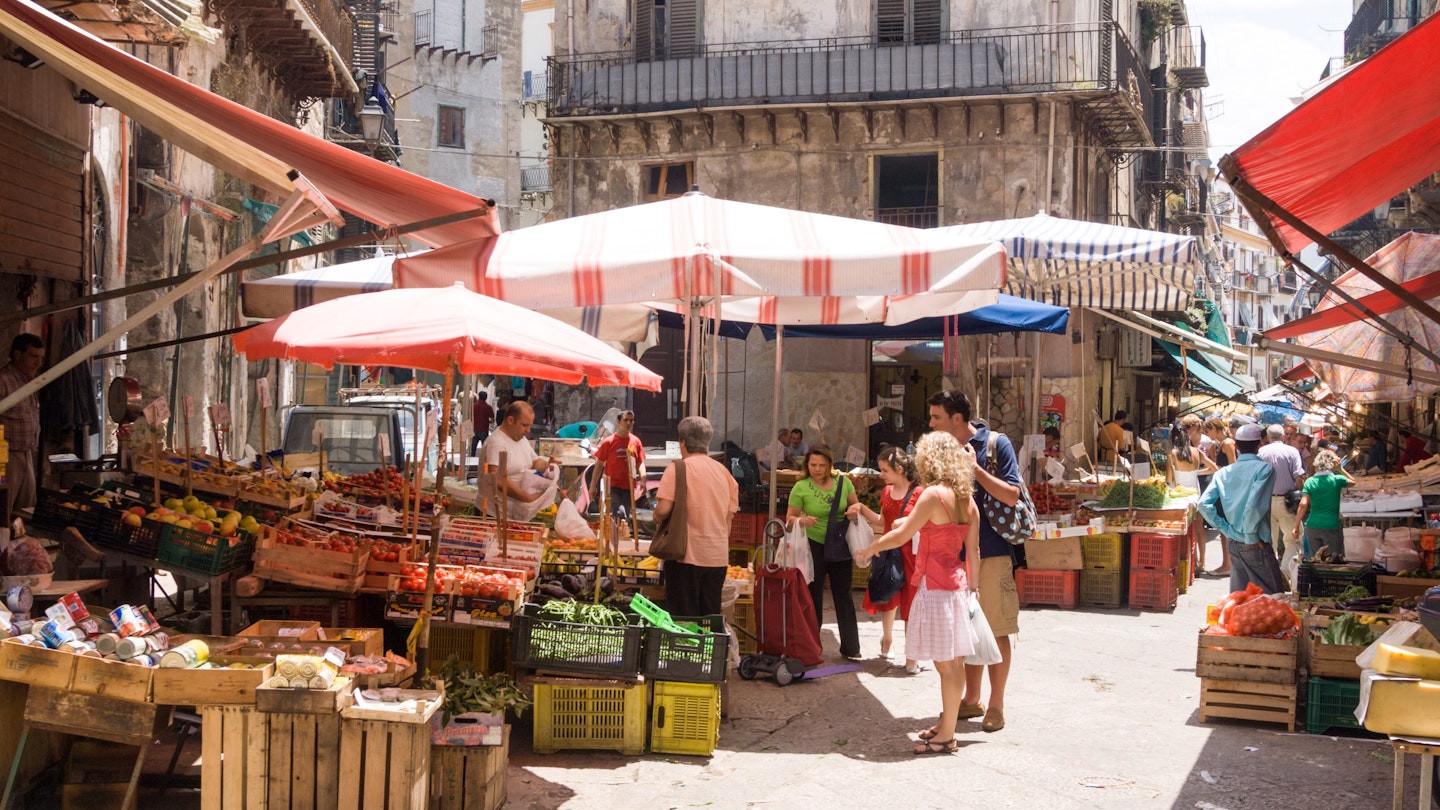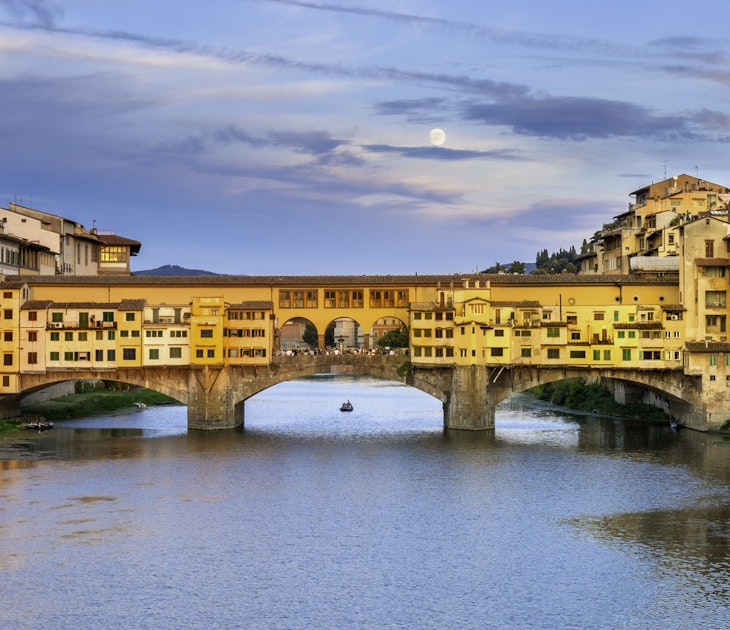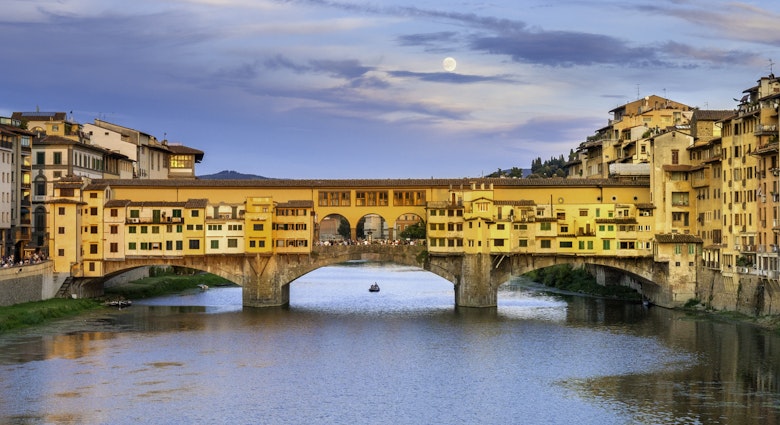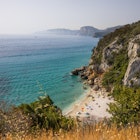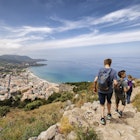“Eating is an agricultural act,” said the American farmer poet Wendell Berry in his 1989 manifesto. That same year, a farm-to-table culinary movement that launched halfway across the world, from a little town in northern Italy, echoed this profound sentiment. The movement was called "Slow Food."
Today it has become a worldwide institution and a pinnacle of culinary excellence in Italy. Follow Slow Food’s philosophy on your next trip to Italy to travel responsibly and eat with intention.
From fast food to the slow food revolution
Slow Food, while headquartered in Northwestern Italy in the small town of Bra, has its origins in Rome. In 1986 the first McDonald’s in Italy opened its doors in the heart of Piazza di Spagna, inspiring thousands of enraged Romans to fill the streets in protest. The (cheekily named) Slow Food movement was born out of this fear of a fast-food invasion and the desire to protect and preserve local culinary traditions.
Today it is a global organization in over 160 countries, working to ensure access to good, clean and fair food all around the world. This means high-quality ingredients, sustainable and green agricultural practices, and accessible prices. They intentionally call consumers "co-producers," that is to say, active participants whose food choices affect the food industry as well as the planet.
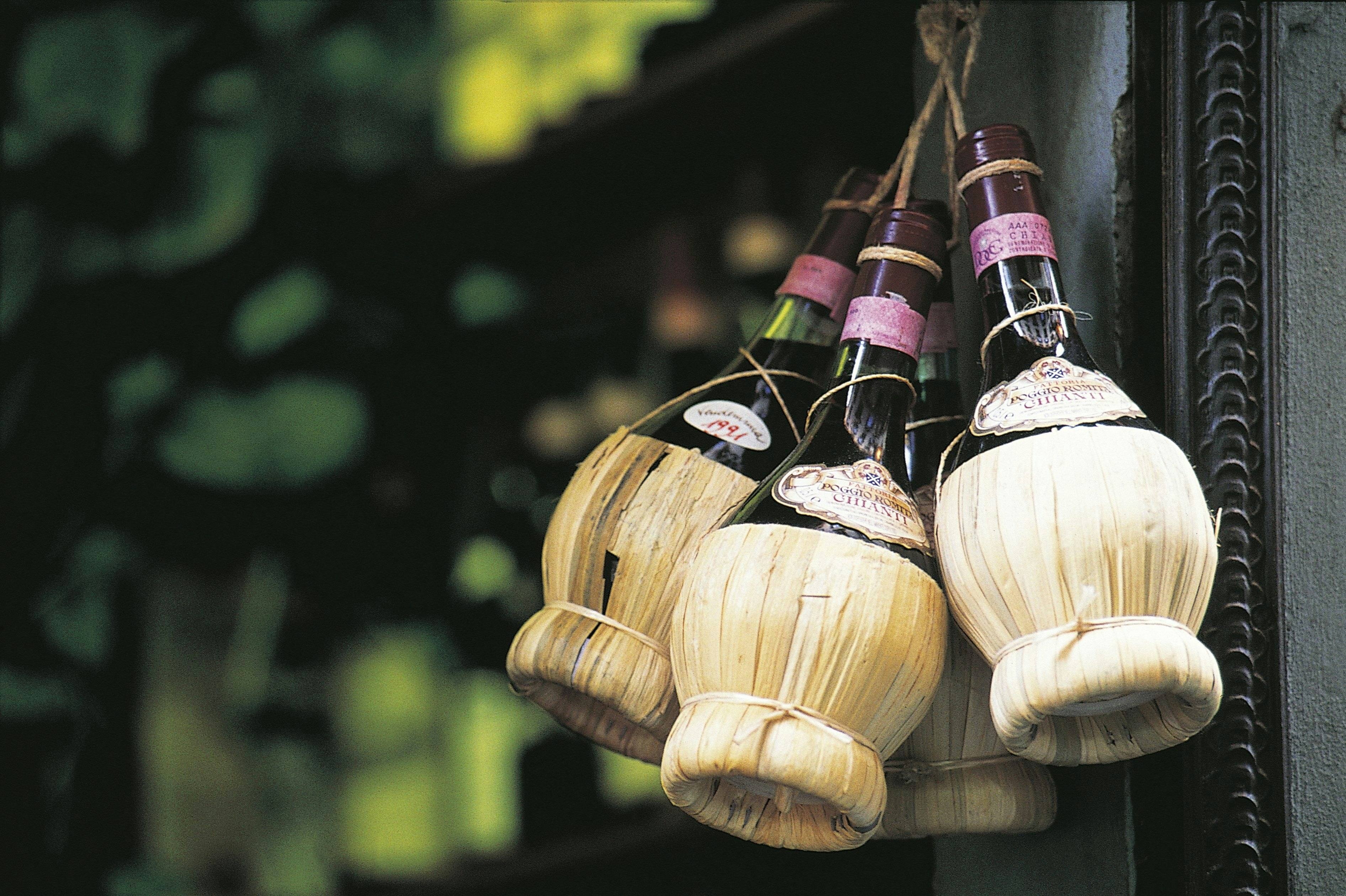
Eat seasonally and sustainably
The first tenant of the Slow Food philosophy is to eat seasonally. Many consumers are so used to supermarkets filled with every product imaginable, every day of the year, that we often forget when products are actually in season. Eating seasonally lowers your carbon footprint and supports small-scale local farmers. When traveling in Italy, seek out restaurants with seasonal menus like Osteria Santo Stefano in Piacenza, whose superb regional menu changes daily. Or check out Hosteria Grappolo d’Oro in the heart of Rome for classic seasonal Roman dishes.

Eat local to support regional producers
One of the biggest contributors to global warming in the food industry is actually transportation. To travel green and eat sustainably, Slow Food encourages people to eat local food. Seek out regional products manufactured by small local producers that travel a few miles to reach your plate. When traveling through the Chianti Classico region of Tuscany, stop at Osteria Mangiando Mangiando in Greve in Chianti for rustic regional dishes such as peposo (Tuscan beef stew) cooked in Chianti Classico or baccalà (cod) from the nearby sea town of Livorno.

Engage with slow food experiences
Apart from delicious cooking, Slow Food wants people to engage with food in a deeper way. They partner with other companies and local comuni (governments) to promote Slow Food Experiences where local hosts curate cooking lessons and home-cooked meals to teach travelers about the local food culture.
Learn about the ancient Sicilian black pork sausage with Damiano in the historic Val di Noto region of Sicily, or gather, prepare and eat a fresh home-cooked meal with Giacomo in Positano on the stunning Amalfi Coast. Or check out Lonely Planet Experiences for other curated local tours. Wherever you end up, know that locals are eager to share their traditions and culinary secrets.
Read more: Italy’s best dishes and where to try them
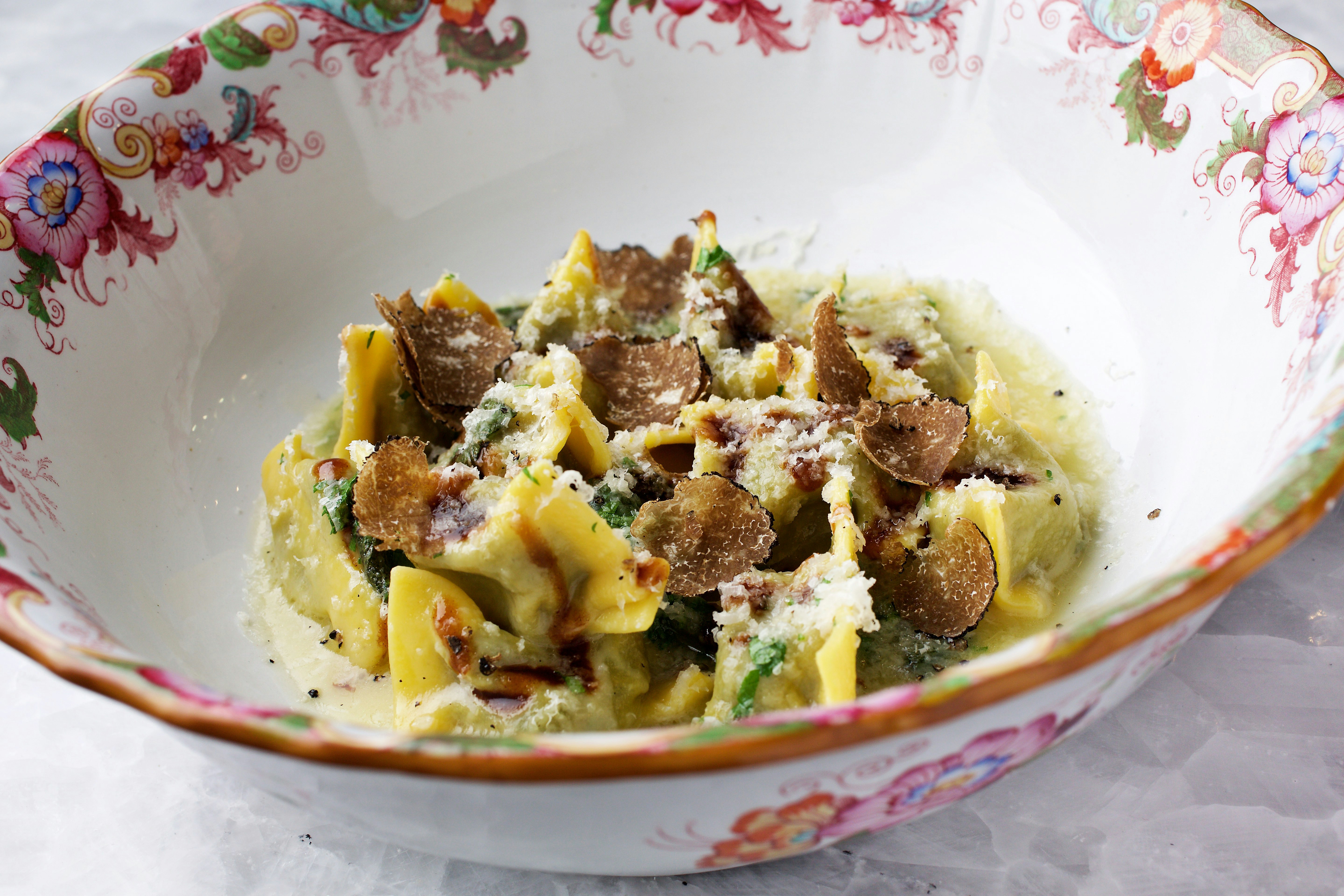
The best restaurants are slow food restaurants
Every year Slow Food publishes what’s called Osterie d’Italia, a list of every osteria and trattoria in the country that they feel most adheres to the Slow Food philosophy of good, clean and fair food.
You won’t find fancy fine dining on this list. For nearly every entry a full dinner menu doesn’t cost more than €35 per person.
To add one more, stop in at Ristorante Battaglino, found in the Slow Food’s hometown of Bra, for Piedmont staples such as salsiccia di Bra (raw bovine sausage) or agnolotti del plin (Piemontese ravioli). Look for the Slow Food’s notorious chiocciola (snail) logo in restaurant windows as a sign of a Slow Food approved locale.
Read more: How to live like a Local in Florence
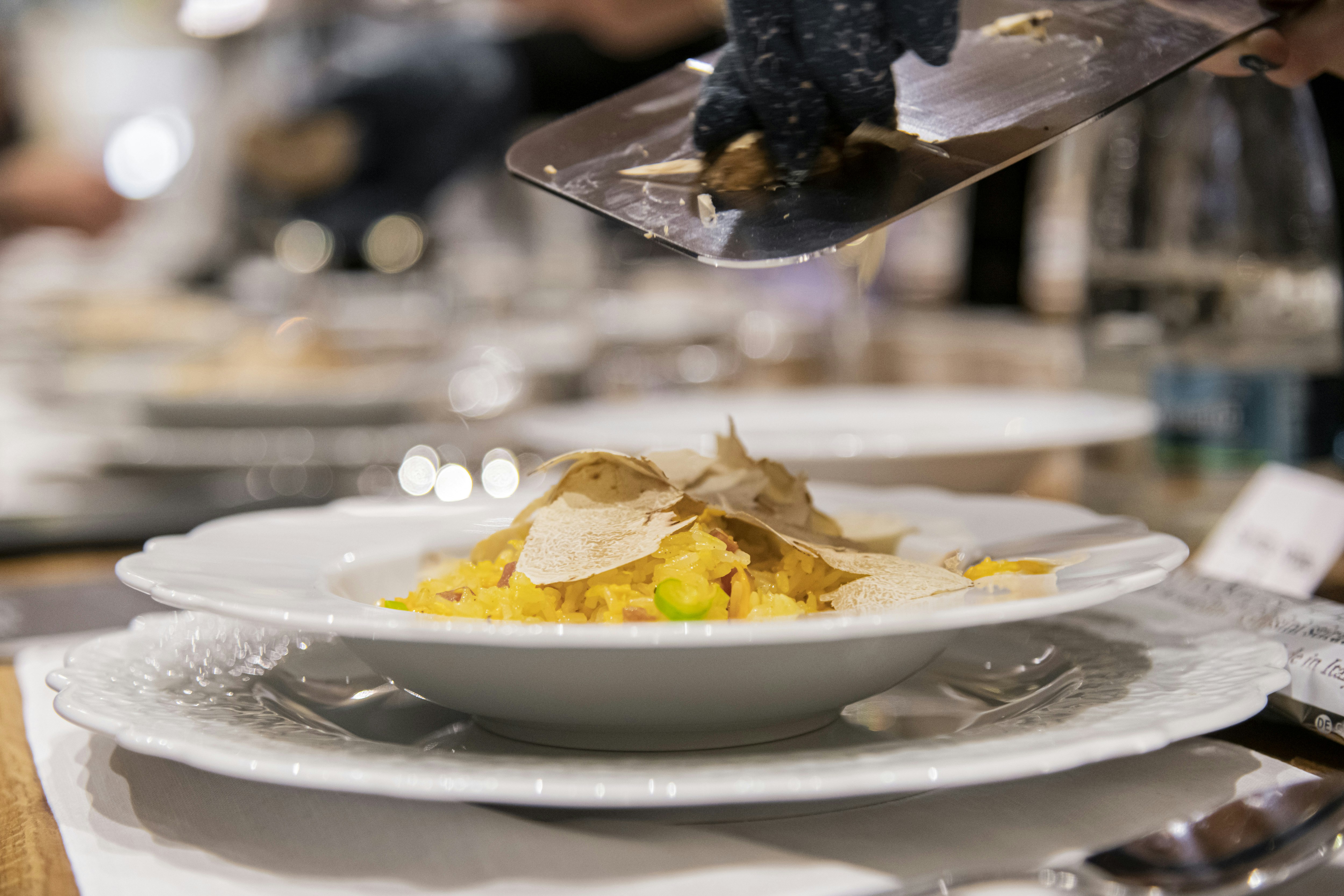
Slow Food tips
Follow the seasons. In winter, eat fennel, oranges, tangerines and artichokes. When spring arrives, opt for asparagus, fava beans, puntarella and cherries. Summer is prime time for tomatoes, zucchini, aubergines and bell peppers, while autumn brings pumpkin, apples, leeks and the famed white truffle of Alba.
Finally, try to limit your meat and cheese intake (if you can) to travel sustainably and lower your carbon footprint.
You might also like:
Naples' top 10 pizzerias
Where to find your favorite pasta shapes
How to drink coffee like a true Italian
Make the most of your travel with sightseeing tours and activities from our trusted partners.
